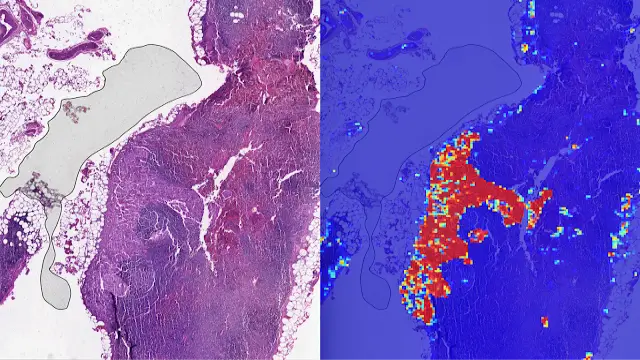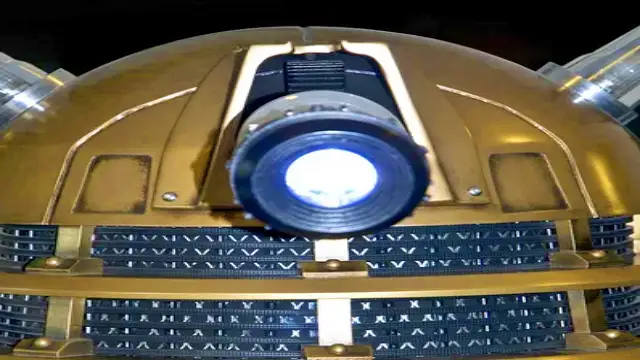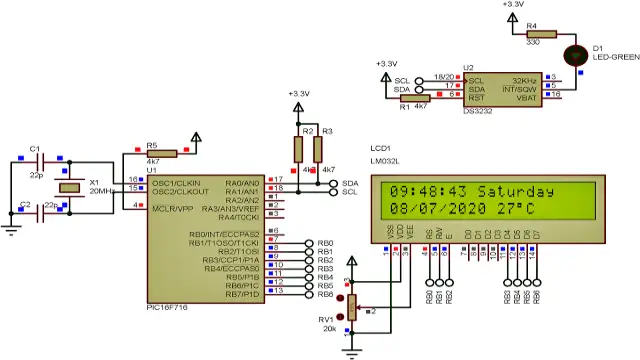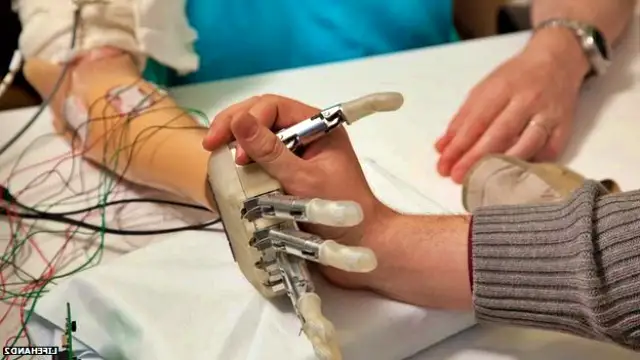Imagine a world where disabilities are no longer limitations. Where the human body can be enhanced with cutting-edge technology, restoring lost function and even granting superhuman abilities. This future is closer than you think, as advancements in bionic eyes, exoskeletons, and smart prosthetic limbs are revolutionizing the way we think about human capabilities.
Key Points
Bionic Eyes: Restoring Sight
One of the most remarkable developments in human enhancement technology is the bionic eye. Also known as a retinal implant or visual prosthesis, these devices are designed to restore sight to those suffering from degenerative eye conditions like retinitis pigmentosa and age-related macular degeneration.
The basic premise behind bionic eyes is to bypass the damaged photoreceptors in the retina and directly stimulate the optic nerve. This is achieved through a small electronic device that is surgically implanted into the eye. The device contains an array of electrodes that, when activated, send electrical signals to the optic nerve, which the brain then interprets as visual information.
While the resolution and clarity of bionic eye technology is still limited compared to normal human vision, the results have been life-changing for many patients. Users report being able to navigate their environment, recognize the faces of loved ones, and even read large print – all of which were impossible before the implant.
Exoskeletons: Enhancing Human Strength and Mobility
Another exciting area of human enhancement is the development of exoskeletons – wearable robotic suits that augment the user’s physical capabilities. These high-tech exoskeletons are designed to assist those with mobility issues, such as the elderly or individuals with physical disabilities.
By providing additional strength and support, exoskeletons can help users perform tasks that would otherwise be difficult or impossible. For example, the ReWalk Robotics exoskeleton allows paraplegic individuals to stand, walk, and even climb stairs with the aid of motorized leg braces and a backpack-mounted control system.
But the applications of exoskeleton technology extend far beyond assisting those with disabilities. Military and industrial applications are also being explored, with exoskeletons that can enhance the strength and endurance of able-bodied users. This could have significant implications for fields like construction, logistics, and even disaster response.
Smart Prosthetic Limbs: Restoring Function and Improving Lives
Perhaps the most well-known area of human enhancement technology is the development of smart prosthetic limbs. These advanced prosthetics are designed to mimic the form and function of natural limbs, providing users with a level of dexterity and control that was previously unimaginable.
At the heart of smart prosthetic technology are sophisticated sensors and control systems that allow the user to seamlessly integrate the prosthetic with their own nervous system. This is achieved through a process called “osseointegration,” where the prosthetic is directly attached to the user’s bone, allowing for a more natural and responsive interface.
The result is a prosthetic limb that can be controlled with the same ease and precision as a natural limb. Users can perform complex tasks like grasping objects, typing on a keyboard, and even playing musical instruments. And with the integration of advanced materials and robotics, these prosthetics are becoming increasingly durable, comfortable, and lifelike.
The Future is Now
While the advancements in bionic eyes, exoskeletons, and smart prosthetic limbs are undoubtedly impressive, the true impact of these technologies lies in their ability to transform the lives of those living with disabilities.
For individuals who have lost their sight, mobility, or limbs, these cutting-edge enhancements offer the promise of regaining their independence and reclaiming their place in the world. No longer confined to the limitations of their physical condition, they can now pursue their dreams and ambitions with a newfound sense of empowerment and possibility.
And as these technologies continue to evolve and become more accessible, the potential for human enhancement extends far beyond the realm of disability. Imagine a world where the average person can run faster, lift heavier, and even see in the dark – all thanks to the integration of advanced robotics





















